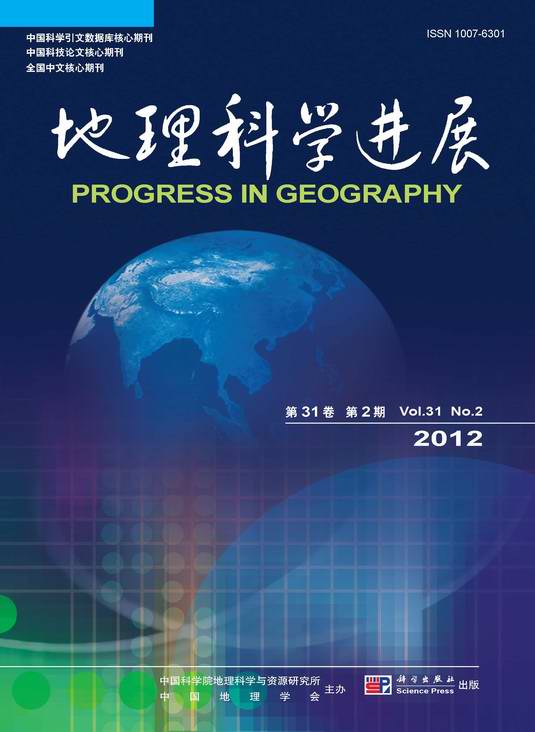SUN Jun, PAN Yujun, YAO Hui, GUO Lingsheng, HE Ruifang, LIU Shufen, ZHAO Jianxia, YANG Xiaoyan
With the development of society, scientific activities have been one of the socialization divisions, and obviously, there should exist a regional structure. Some geographers have studied the relationship among science, technology and society from the point of view of geography, and put forward some concepts such as "science and technology geography", "technology geography" and "science geography". But few studies have been conducted on the relationship among science and technology, geography and the geographical research of scientific history. This paper re-explained the connotation of "science geography", especially as a concept of a discipline. There is an ideological turn in scientific history research, namely the geographical turn. There is also an ideological turn in modern geographical research, namely the turn to the soft side of research knowledge, technology, information, and transmission. Attention should be paid to the "society influence on the development of science through geography" in the ideological change of scientific history research, but not to "science influence on the development of society through geography". Although geographers have made some contributions to the ideological change in the scientific history, their main aim is to research the scientific history from the perspective of geography, not the influence of science through geography. So, as a discipline, science geography contains the following aspects: (1) exertting the "society influence on the development of science through geography"; (2) implementing practicing the general plan of "developing geography based on the mission", and constructing the "science influence on the development of society through geography"; (3) paying attention to the regional factors influencing the development of science. Science geography should also include the following aspects: (1) space structure of scientific research and its organization; (2) Space structure and the relationship between science and relevant organizations, geographical environment, economic conditions, technology, society, and culture; (3) the influence of science research and its relations with natural landscape, social landscape and cultural landscape; (4) the influence of science research and its relations with the development of "man-earth regional system".
